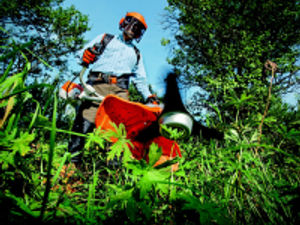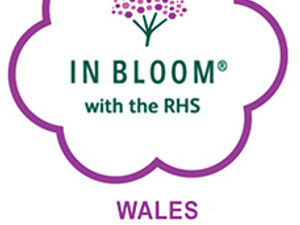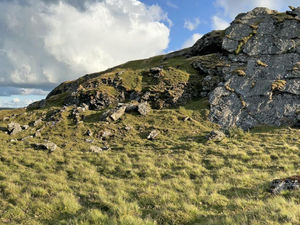Most endangered mammal in Britain making a re-appearance in canal
The most endangered mammal species in Britain, the Water Vole, is making a re-appearance on the Montgomery Canal in Shropshire and mid Wales.
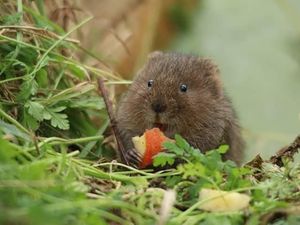
Already often spotted at the junction of the Montgomery and Llangollen canals at at the Aston nature reserves and there is now hope that the creatures will be attracted to the sections of the canal at Crickheath currently being restored.
An idyllic pastoral scene of the water vole busy on the banks of canals and rivers, patrolling its territory and tunnelling, with its teeth, into soft banks to make their homes paints a rosy picture.
In fact Ratty in Wind in the Willows was not actually a rat but a Water Vole.
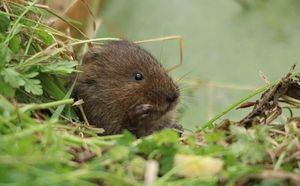
But those fighting to save the species say in reality, their fate has been very much in the hands of man with changes in river management and agricultural techniques.
The freeing of many mink from fur-farms in the 1970s also turned out to be a disaster for the water vole population. The population has seen a massive drop of some eighty percent and in some areas they are all but extinct This makes them the most endangered mammal species in Britain.
Jenny Spelling, an ecologist with Canal & River Trust (CRT), covering much of the Montgomery, Shropshire Union and part of the Trent and Mersey canals, does however, paint a positive picture.
She said: “Work to encourage these charming little creatures back to the canals is so very important as they are an integral part of our ecosystem, and their burrowing, feeding, and hiding places provide the conditions for other animal and plant life to flourish, and we are making good, if a little slow, progress.
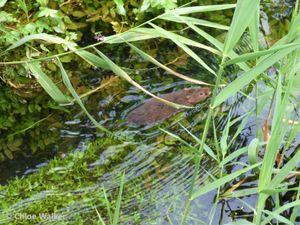
"There have been several focused projects, one being the Green Recovery Challenge Fund with money from the Heritage Lottery which was a fund set up to kick start environmental renewal and was taken advantage of by CRT as they targeted suitable, mink free areas to create habitat.
"When I say, ‘mink free’ I mean areas where there has been no evidence or sightings of mink – it can’t be a precise science."
She said there were thriving colonies of water voles in Whitchurch, Shropshire and where the Montgomery joins the Llangollen canal at Frankton Junction”.
The ecologist said that during the restoration of any canal there was much time, energy and money spent on mitigating for all species of plant and animal that may be affected by the work.
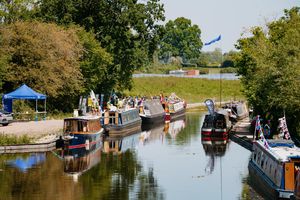
"The Montgomery Canal is no exception with the three Aston Nature reserves, a good example of created habitat on a reasonably grand scale. The restoration itself can also offers up opportunities for new habitats on the line of canal itself.
“The Montgomery canal is at a very exciting stage, just south of Crickheath Bridge, as the Shropshire Union Canal Society, the restoration contractors for CRT, have the chance to build tailor-made water vole habitat. Tom Fulda, the project manager, and his team are working with myself, another Ecologist, Glyn Stewart, and CRT on the design so the conditions that will attract water voles will be a part of the built structure and hopefully we will see results in the next couple of years.”


